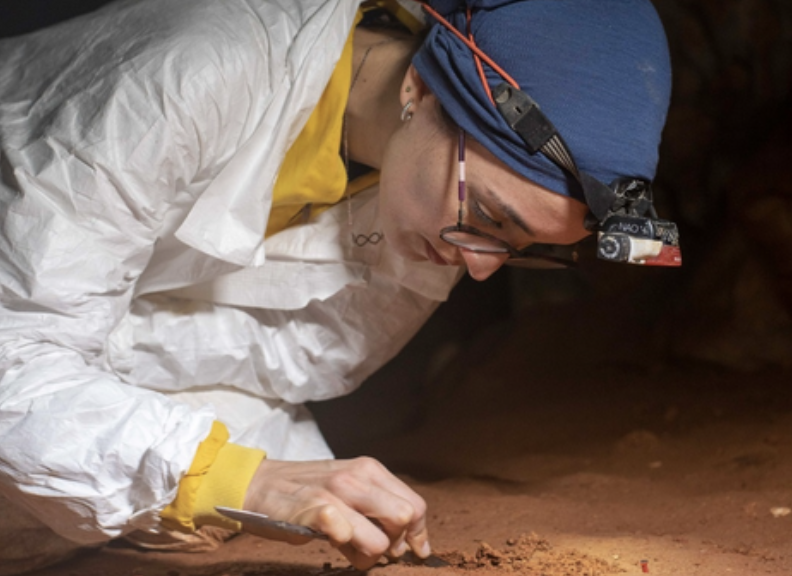Fire and smoke may be considered a significant danger now, but in the early days, it is one of the earliest technologies which humans discovered as a way to shine a light on dark surroundings, cook food, and keep them warm. These traces of smoke and fire are also what Maria Medina from the University of Cordoba has used as a lead in learning more about the Nerja Caves in Spain.
Through the so-called "Smoke Archaeology," the researchers were able to date early humans' exploration of the hidden cave which is now a tourist attraction, with the latest discovery that it was visited earlier compared to what was previously known.

'Smoke Archaeology' Answers How Early Humans Visited the Nerja Caves
A groundbreaking method called "Smoke Archaeology" is shedding new light on the ancient history of the famed Nerja Caves in Andalusia, Spain.
Marian Medina, an archaeologist from the University of Cordoba, has coined this innovative approach, utilizing the analysis of fossilized soot and charcoal from torches used by early humans to explore the cave. Through Transmission Electron Microscopy and Carbon-14 dating techniques, Medina has uncovered evidence suggesting that humans were visiting the Nerja Caves as far back as 41,000 years ago.
In the study entitled "35,000 years of recurrent visits inside Nerja cave (Andalusia, Spain) based on charcoals and soot micro-layers analyses" published via Scientific Reports, the team shared how they used this novel method in learning more about human presence in the famed cave.
The team also learned through the Smoke Archaeology method that early humans were visiting the cave 10,000 years earlier compared the initial studies.
Fire was a Tool for Early Humans, Also for Modern Researchers
Medina's groundbreaking research involves carefully studying the fossilized remnants of soot and charcoal found within the Nerja Caves. These residues were left behind by the torches used by early humans to navigate the dark caverns.
By analyzing the composition and dating the charcoal samples, the team has been able to determine the approximate age of human activity in the caves.
Ancient Discoveries Give Answers to Modern Questions
Much like space, the Earth is still filled with many ancient wonders that are yet to be discovered by humans. Technological advancements made it possible to learn more about these age-old questions, including the use of Google Earth by Oxford to locate Roman military camps in the Arabian desert.
Old and new methods work the best for looking into ancient sites, with archaeologists still looking to dig in different locations and taking their findings to labs and special equipment for further analysis.
The discoveries made through Smoke Archaeology in the Nerja Caves have ignited a new way of looking for evidence and discovering more accurate information about different sites in the world. As this kind of research continues, it is expected to reveal further insights into early human behavior, migration patterns, and how they interacted with the environment around them.
Thanks to the innovative approach of Smoke Archaeology, researchers are now equipped with a powerful method to delve deeper into the mysteries hidden within the caverns. As discoveries emerge, the Nerja Caves is only one of the many sites to learn more about, applying novel methods and other technology in looking for evidence of human interaction with the Earth during prehistoric times.

ⓒ 2025 TECHTIMES.com All rights reserved. Do not reproduce without permission.




